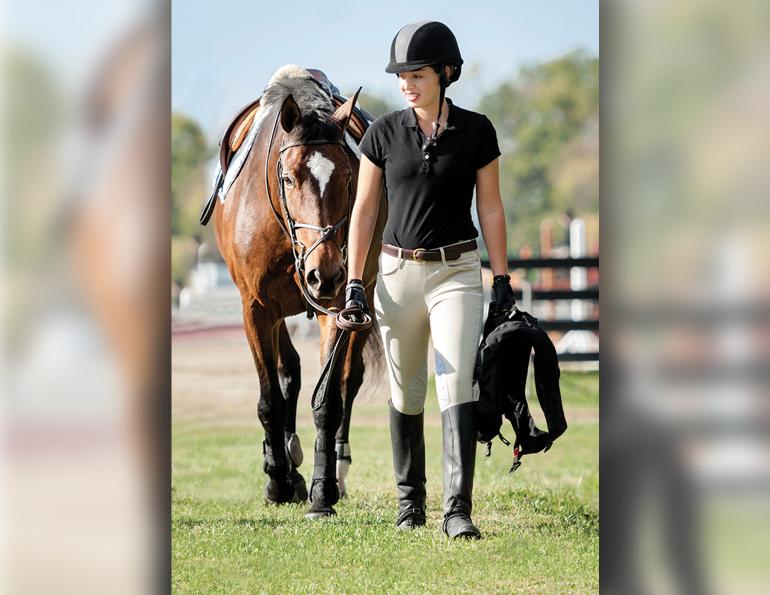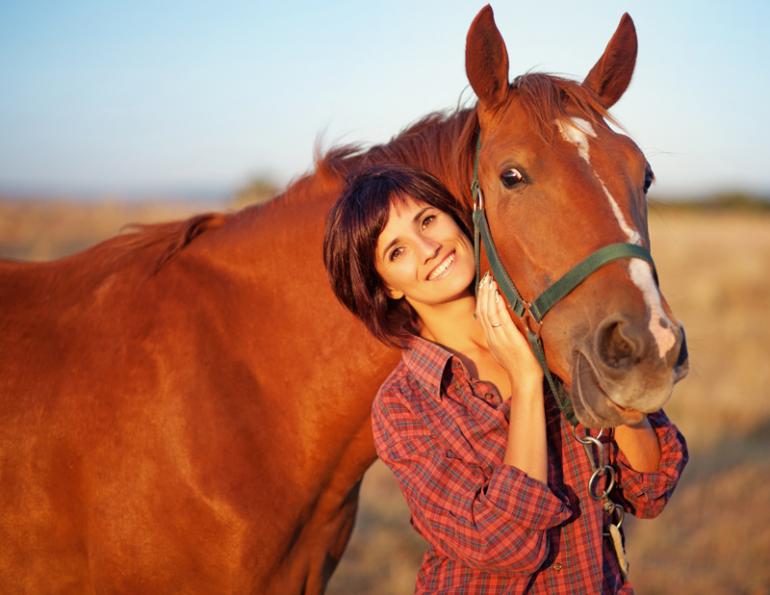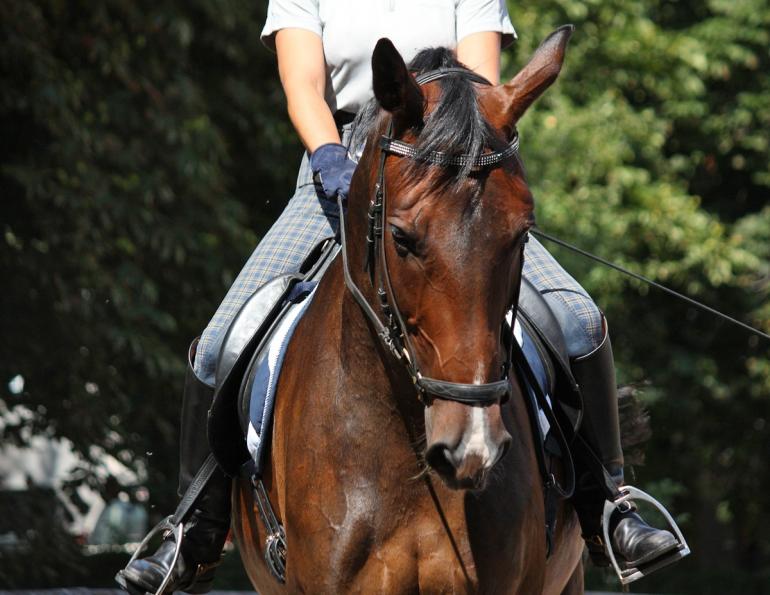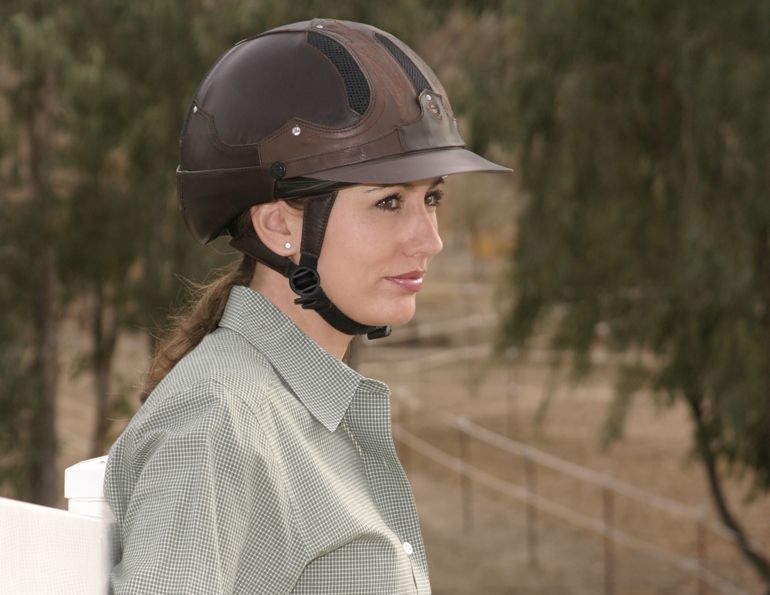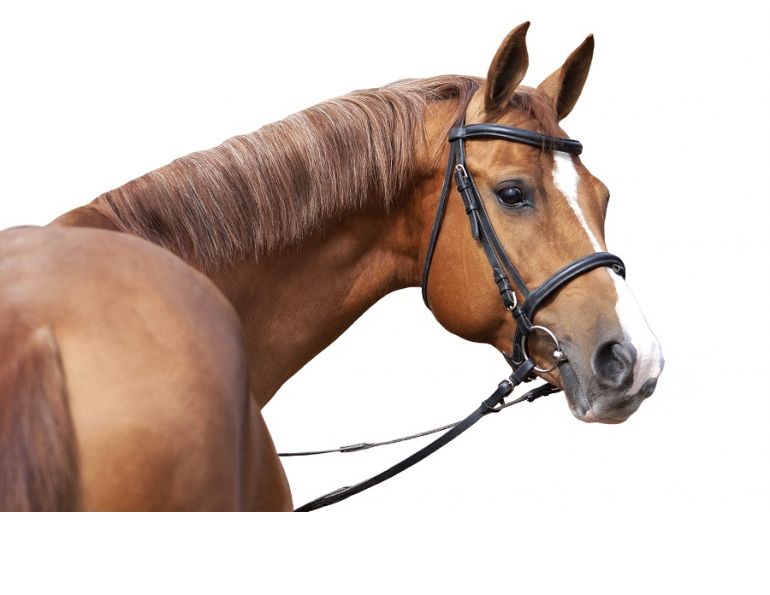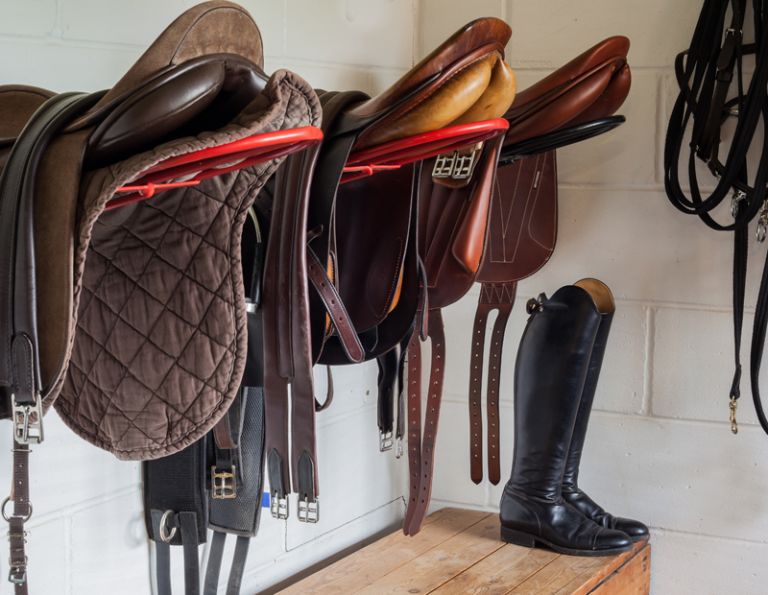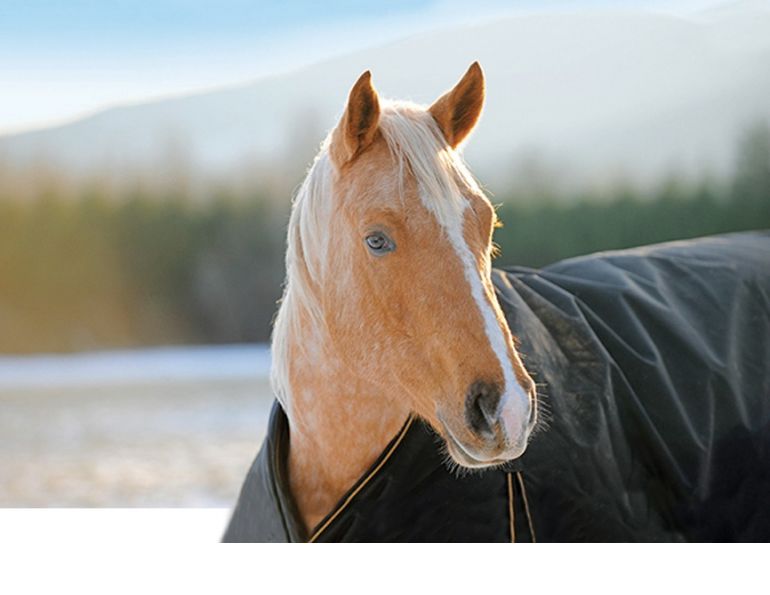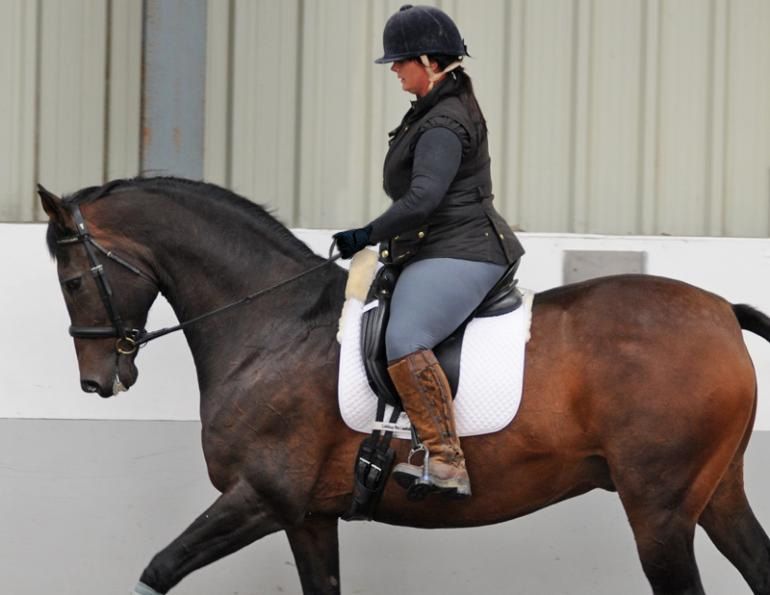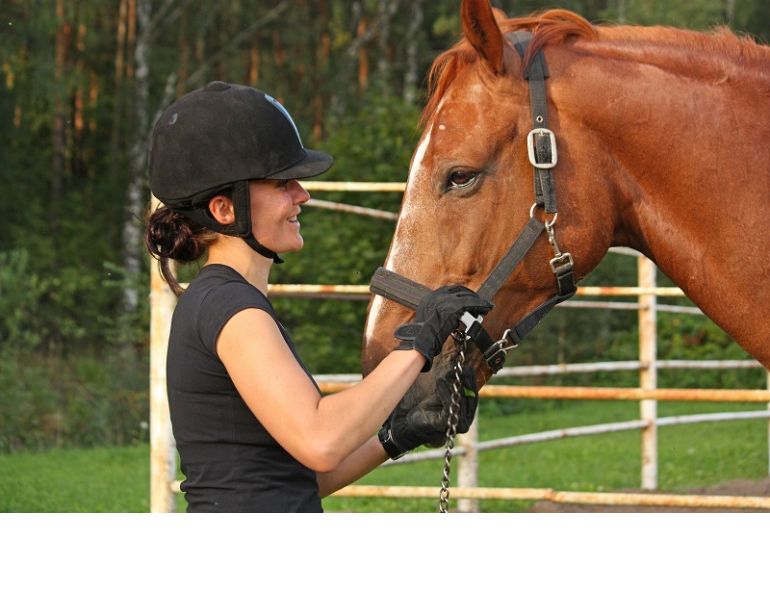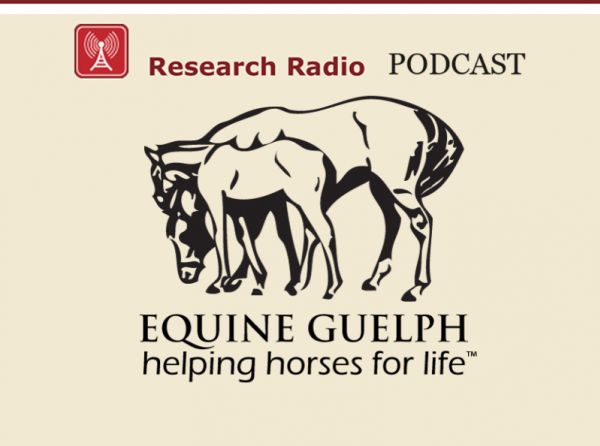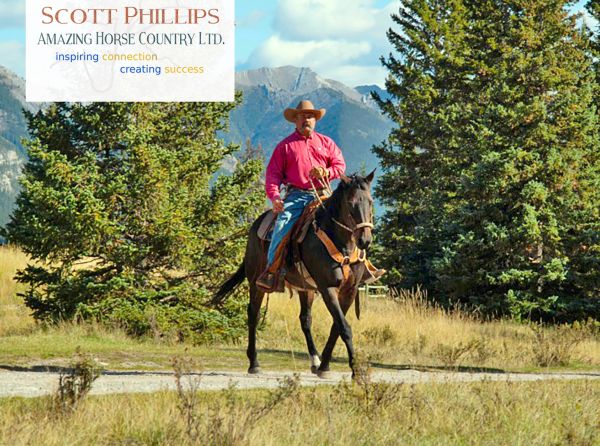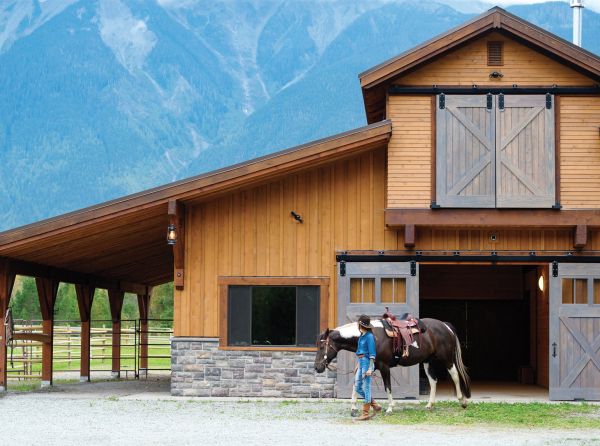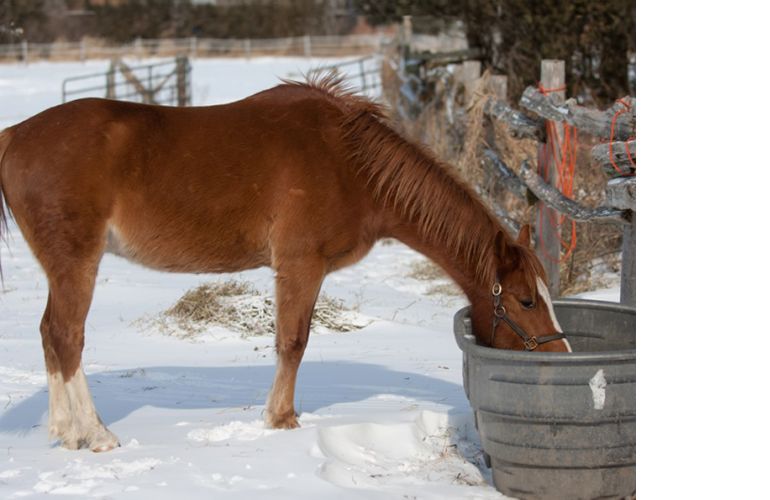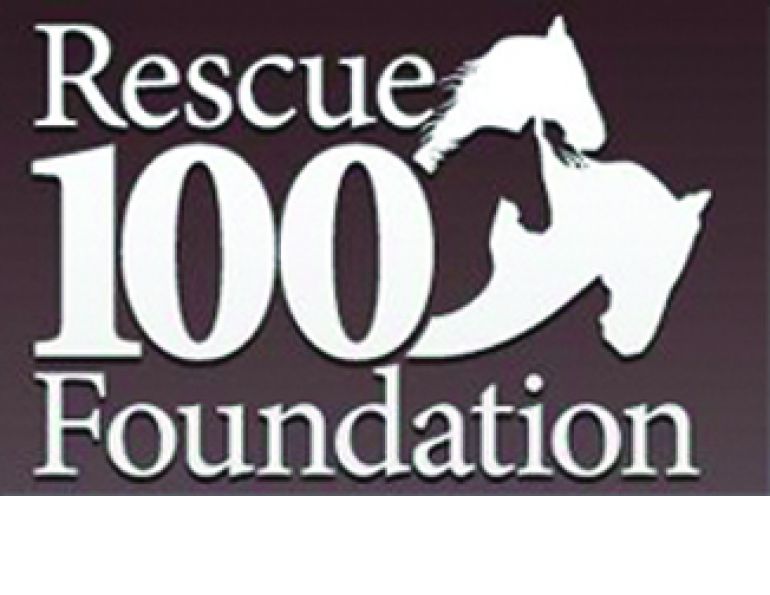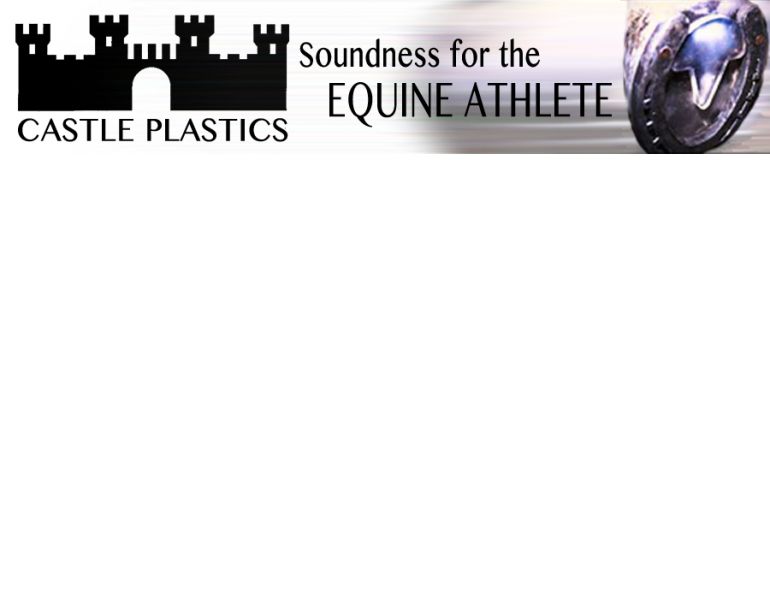Is it working for or against you and your horse?
By Alexa Linton, Equine Sports Therapist
Let’s unpack our tack.
I’ve always found the subject of tack to be very interesting. The tack we use on our horses is in many ways symbolic, marking a rider as English or Western, and beyond that, categorizing them more specifically as hunter, jumper, dressage, reining, cutting, barrel racing, endurance and so on. I still recall the strange looks I got in my Western saddle with English headstall or rope halter, and then later with my treeless saddle and split reins. I still see sidelong glances at my hackamore with half-inch bosal, mohair mecate, and felt bareback pad. My riding friends would jokingly call me a “cross dresser,” but in reality, I was choosing tack that felt good and fitted Diva and me the best (and that I could afford).
So why did I write this article about tack? Because a dear friend once pointed out the incredible generosity of horses when it comes to the equipment we use on them. She stated bluntly that to be ridden, our horses, as prey animals, have the hide of a dead animal strapped to their backs in the very place where a cougar would attack, and a piece of steel in their mouths controlling their movements (and their flight response).
As an equine therapist, I’ve seen my fair share of physical and behavioural issues caused by poorly-fitting saddles, overly-tight and pinching girths, too-tight nosebands, and harsh or poorly-fitted bits, as well as by excess tack such as draw reins or martingales being used as a bandaid for gaps in training or poor biomechanics. I’ve been to and worked at barns where staff would not lead a horse without a chain over its nose, or would leave halters on 24/7 for ease of catching.
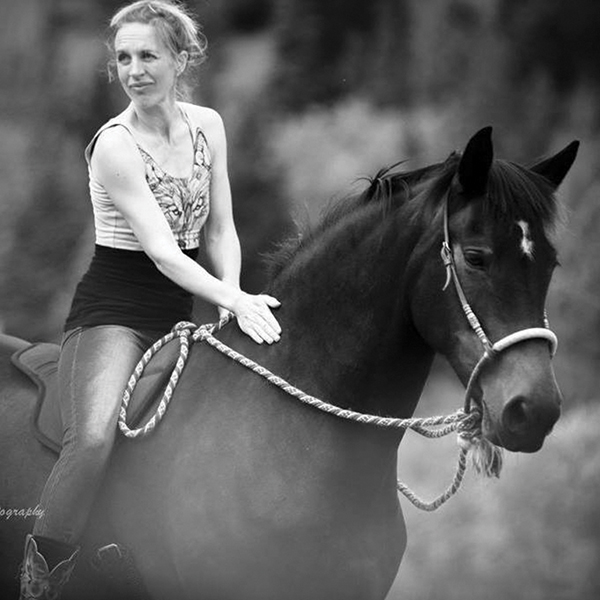
The author’s Canadian mare, Raven, in her fave combo, a side-pull bitless leather cavesson and my Filzsattel felt riding pad. Photo courtesy of Alexa Linton
Now I want to pose the question: Is the tack you are using necessary, and does it really work for you and your horse?
Think back to when you first learned about tack and equipment. For me, it was at an English lesson barn when I was about 12 years old. I was told to use this tack for this horse, that it was necessary in order to ride, and that I had to clean it after every ride. End of story. It wasn’t until I became an Equine Sport Therapist that I began to understand that the tack we are using has an impact on the well-being of our horses, and we are allowed to change it for the betterment of our horse/human relationship.
Like most horses, my mare Diva is highly sensitive and she’s not afraid to express discomfort, which means she lets me know immediately if her tack is not fitting well or is causing discomfort or pain. How does she do this? She walks away in the paddock when I come with the halter; she flinches and moves when I’m putting her saddle on; she resists moving to our mounting area; and she doesn’t want to move out under saddle. Some might falsely label these behaviours as naughty or bad. Diva has been ridden bitless for many years, but many horses will also show bit and headstall discomfort with head tossing or shaking, resistance to their face being touched or to bitting, or physical issues at the temporomandibular joint (TMJ) or in the mouth.
Related: Get it Done Horsemanship
On Instagram, I’ve been following a rider named Alizee Fremont, and her incredible bridleless and bareback classical dressage riding furthered my curiosity about the necessity of much of our tack (I highly recommend checking her out!). If someone can ride their horses in this way, with nothing but a neck rope, why all the add-ons? How much is our tack covering up gaps in our training, the gymnastic inability of our horse to do what we are asking, poor biomechanics, rider imbalance, or a disconnected relationship between horse and rider?
What are some easy tack changes we can make now? First, take stock of the tack you use and why you use it. Be really honest with yourself about each piece of equipment and its purpose.

The author with her mare, Diva. Photo courtesy of Alexa Linton
Ask yourself if you use it for one or more of the following reasons:
- You and your horse love the fit and feel;
- It is what everyone else in your type of riding is using and it symbolizes something;
- It looks good;
- It is what you can afford or what you already have;
- It creates relaxation in your horse;
- It stimulates action (spurs or a whip);
- Someone told you to use it, or it’s what your teacher or mentor rides in;
- It controls or limits some part of your horse’s movement (a certain bit, draw reins, a martingale or a tight noseband);
- It helps you feel safe.
Now, ponder the following questions while thinking about your horse’s attire (and your own, especially if it includes spurs or a whip)...
What Can I Lose?
Are there any pieces of tack that are not serving a helpful purpose, or can be replaced with training that works better for your horse, biomechanically sound work, or a change in focus or fit? For example, I rode Diva in spurs for years to try to create forward movement but have since realized that my change in training style allowed her to carry herself better and move forward easily and freely on her own, without me pushing her.
Related: Rider Posture - What is Actually Involved?
What Can I Loosen?
Over the years I’ve met my fair share of cinchy and head shy horses. Many of them are suffering from the myth that our girth, headstall, and nose band need to be really really tight to be safe. Give your horse some breathing room and she will be far happier and safer in the long run, as overly tight straps are painful and can cause nerve and muscle damage, as well as limit breathing capacity and stride.
What Can Fit Better?
Our horses are constantly changing shape and condition. Be sure to have regular saddle fitting done and recheck the fit of your other tack frequently. There are some excellent saddle fitters around who can help you find a fit that works for you and your horse, as saddle fit can affect everything from mobility to jaw movement to digestion. As well, every mouth is shaped differently and can change with age, so bit size and type matters, or in my horse’s case, bosal size. Your comfort and balance also matter to your horse, so finding a saddle that allows you to ride in harmony with your horse is important.
What Works Best For My Horse?

Be sure you are using what’s best for your horse by thinking carefully about each piece of tack you use and why you use it. Photo: iStock/NYCShooter
If you are relying on a specific piece of equipment to get your horse into a certain position or control a certain behaviour, consider incorporating different types of training that work with correcting biomechanics and creating relaxation to fill these gaps, so you can move towards simplifying. In the long-term, it is far more beneficial for your horse to offer a movement like collection from a place of relaxation and choice and build up the strength to maintain this position naturally over time, rather than being pulled and held against resistance or weakness. Your horse may also need manual therapy to be able to move into these positions and sustain them in comfort.
Also, remember that not all horses want to do the job you’re hoping for as much as you do. Your jumping horse may be happiest on a loose rein out on the trail. Providing varied, relaxing, fun, and appropriately challenging experiences for your horse can support her in the work you’re asking her to do, and support you in your efforts to decrease your reliance on certain types of tack.
And finally, ask yourself if you are willing to look a bit silly and a bit out of place for the love of your horse. Sometimes we need to mix things up and be creative to find the right fit for our horse.
At the end of the day, a happy horse is a lovely thing, and I believe (hopefully not naively) that this is something we are all working towards. I look forward to hearing about all your creative equipment combos and how they are working for your horses!
Related: Adventures in Bitless Riding
Related: How to Select and Fit an Equestrian Riding Helmet
Photo: iStock/Kelly J Hall



